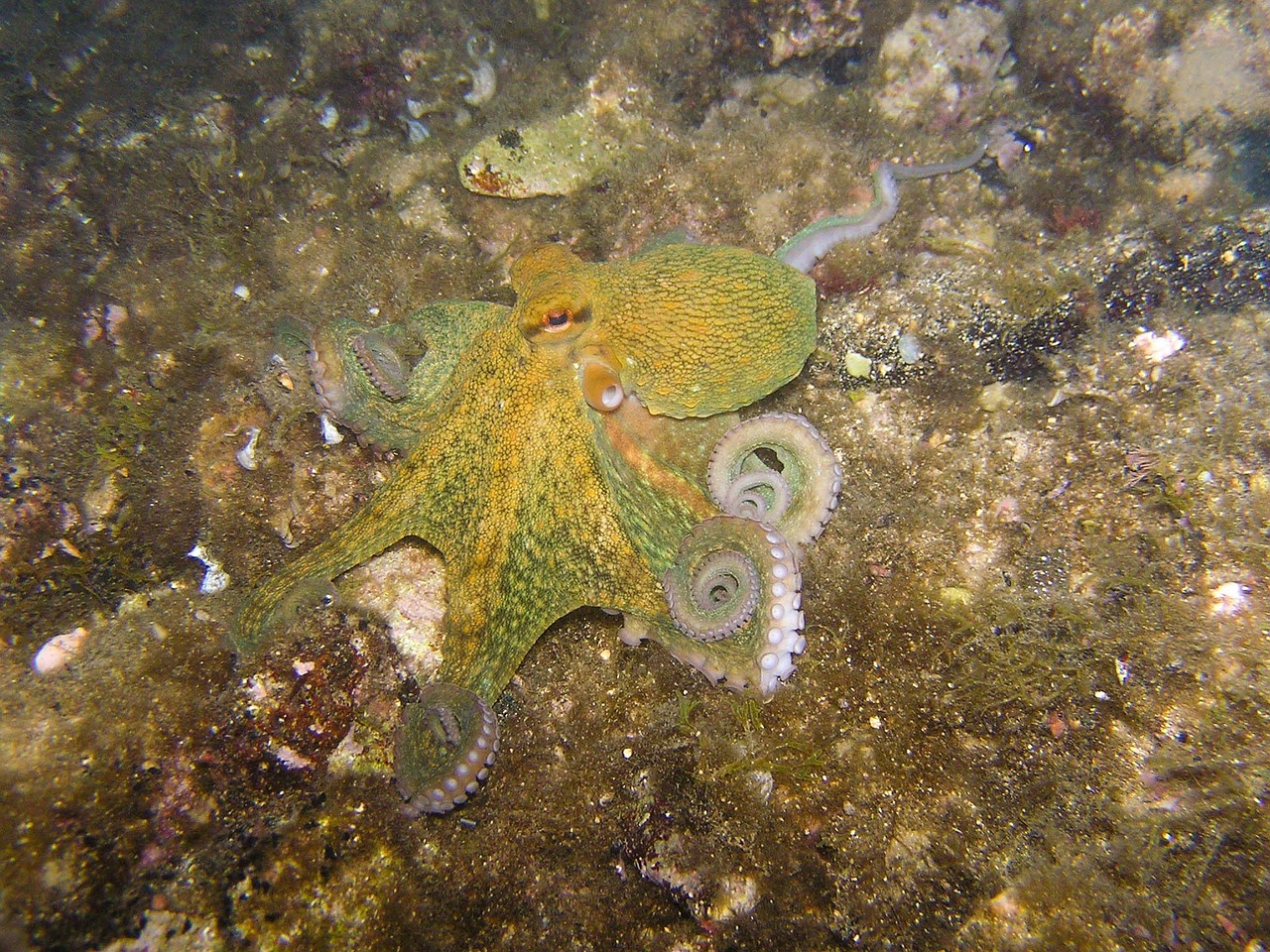

Marciana Marina underwater
Stretched in a semicircle around a picturesque inlet closed to the west by its ancient harbor, Marciana Marina is now a laughing town, harmoniously arranged on the seashore and surrounded behind it by the granite mass of Mount Capanne.
In fact, this wonderful sea has always exerted a great influence on the lives of Marinese people and the activities possible here.
Leaving the harbor and sailing toward Cape St. Andrew, the coast lends itself to both diving and snorkeling. The first site of interest is “Punta del Nasuto,” so known because it resembles a large nose.
The next one is “Point of Our Lady.” The name comes from the presence, at a depth of about 18 meters, within a natural niche adorned with Parazoanthus, of a small statue of St. Francis, placed there at the second International Blu Elba event in 1994. In 2007 the statuette suddenly disappeared, but was replaced shortly thereafter with one of Our Lady. But there is another theory regarding the origin of the name Punta della Madonna that takes us back to the past, when fishermen, rounding the rocky offshoot, would catch sight of the ancient shrine of Madonna del Monte di Marciana on the mountain.
Taking mask, fins and snorkel, you can swim in the clear, deep blue water and see damselfish, bream, moray eels, octopus burrows and groupers. For the lucky ones, it will be possible to come across schools of barracuda, which have now become permanent fixtures on Elba.
Experienced divers will be able to dive even beyond 40 meters: in addition to deep crevices where various marine organisms, sponges and yellow gorgonians nest, one encounters a vast vertical rift whose shady walls are embellished by the presence of galatea and other crustaceans. The typical coralligenous environment, full of ravines and dark dens, can be illuminated with the help of a flashlight to enhance its bright colors.
This point connects to a small cove halfway between Marciana Marina and Sant’Andrea that ends in a beach named “Ripa Barata,” dialect for “collapsed coast,” which indicates the rock slide to the right of the beach. Lonely and very wild, the beach is protected and surrounded by high sheer cliffs covered with Mediterranean scrub that almost reaches the sea. It is characterized by large pebbles, white boulders and a crystal clear sea with tropical colors. Undiscovered and seldom visited given the difficulty of access, this area is recommended for snorkelers, who can be accompanied to discover the marine fauna by a local environmental guide.

